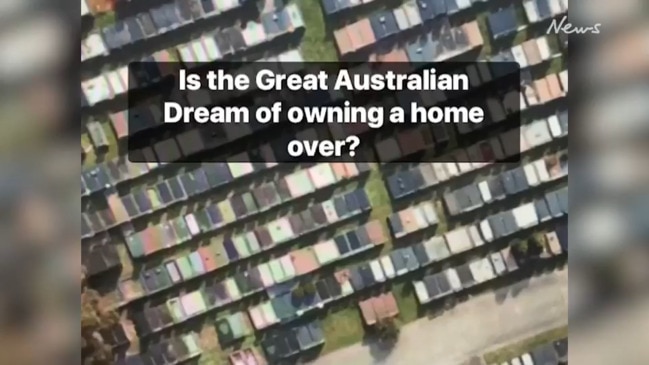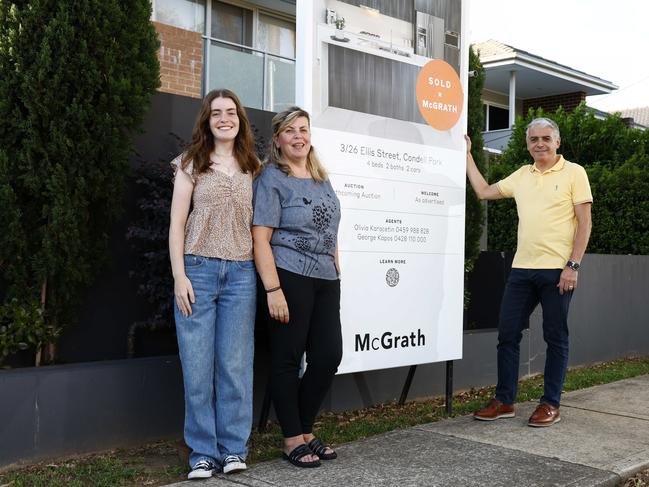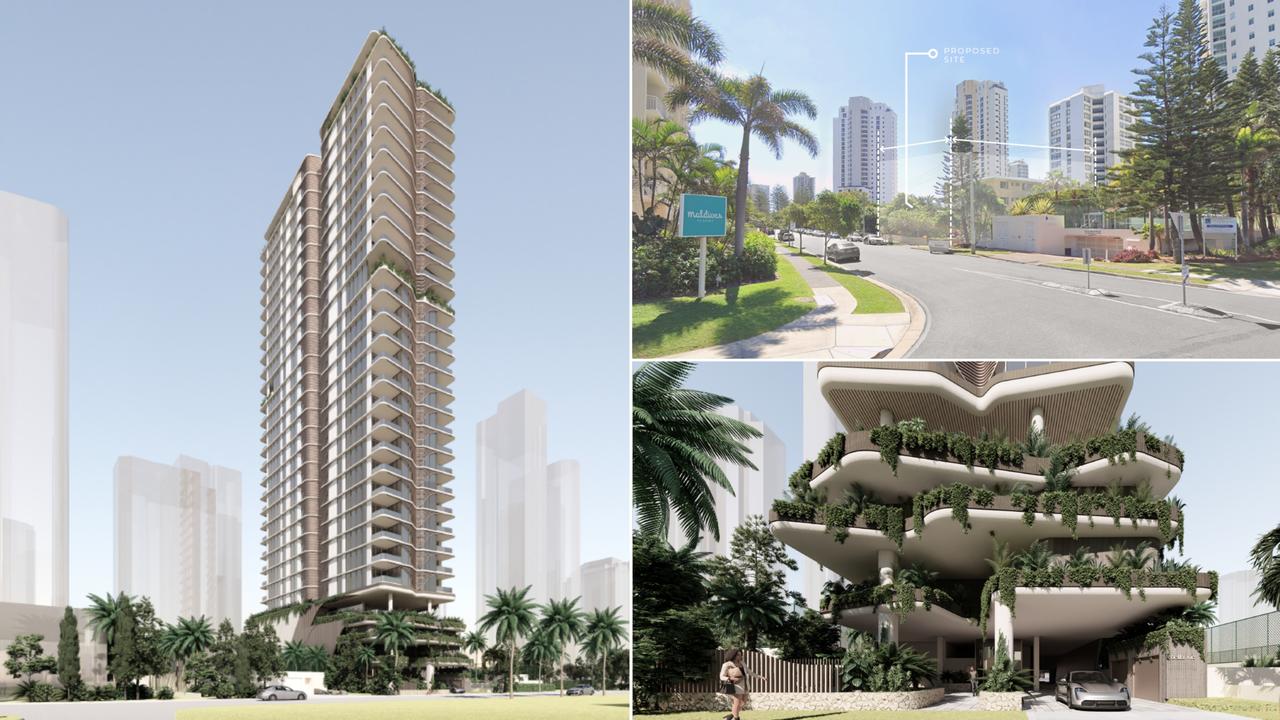Interest rate cuts could be a long way off
All the talk of imminent interest rate cuts to provide cost of living relief to Aussie homeowners could be very premature.

Property
Don't miss out on the headlines from Property. Followed categories will be added to My News.
No doubt the pending stage three tax cuts will increase home-buying borrowing capacity come July, but there are plenty of other factors at play when it comes to what will shape buyer enthusiasm this year.
The tax cuts are intended to help cost-of-living strains, so will initially assist homeowners struggling with their mortgage repayments and possibly save some from becoming forced sellers.
But the tax cuts will also increase the amount buyers can borrow; for those earning $100,000 by $24,000, to $548,000. New home buyers or upgraders on $150,000 will be able to borrow an additional $41,000 for a $800,000 purchase, while a family on $200,000 will get a $50,000 boost in borrowing capacity to just over $1m.

Mortgage broker Redom Syed of Confidence Finance says the new cuts will increase borrowing capacity by up to 6 per cent across middle-income earners and by 5 per cent for those on higher incomes. The old tax package would have boosted high income earners’ borrowing capacity by 10 per cent.
But, of course, there has been a recent 30 per cent fall in borrowing capacity, given the 13 cash rate rises since 2022.
One of the biggest restraints on the property market is the serviceability buffer imposed by the Australian Prudential Regulation Authority (APRA), the banking regulator, which requires borrowers to have the capacity to service a loan 3 per cent higher than the current home loan rate. This isn’t stopping buying – just the price level they go to when buying.
Interest rate direction is dominating the headlines, with economists divided on the date of the first reduction, with some saying as soon as June.
It is a tricky call for the RBA amid its priority fight against inflation.
Economist Chris Richardson reckons the tax cuts could be the equivalent of a cash rate cut between 0.5 per cent to 0.75 per cent, which could therefore trigger a delay in the RBA in delivering rate cuts.
Jarden Group chief economist Carlos Cacho forecasts there will be no RBA rate cuts until possibly next February, with APRA leaving the 3 per cent serviceability buffer
in place.
“We think earlier easing would represent material upside risk,” says Cacho, who estimates each 0.5 per cent point of cash rate or serviceability buffer cuts could trigger 4 per cent to 5 per cent house price growth.
Cacho anticipates the tax cuts will provide modest price support, although the impact will likely be small.
House prices rose unexpectedly last year, despite the higher interest rates, with the market supported by record migration, the strong labour market and surging rents. These factors are all now weakening.
And government attempts to make housing more affordable through the delivery of greater supply won’t show up until 2025.
More Coverage
Originally published as Interest rate cuts could be a long way off





